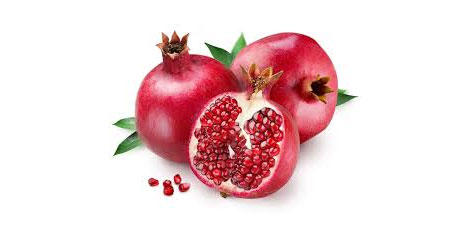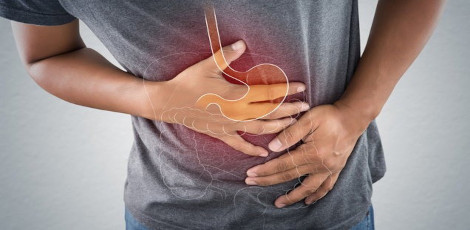Pomegranates may help fight against ageing, says study
Posted on: 14/Jul/2016 9:42:19 AM

A recent study has found that a molecule in pomegranates, transformed by microbes in the gut, may enable muscle cells to protect themselves against one of the major causes of ageing. The study was conducted by researchers at the Ecole Polytechnique Federale de Lausanne, or the EPFL, and Amazentis company in Switzerland. The paper was published in the journal Nature Medicine.
Say the researchers, As we age, our cells increasingly struggle to recycle their powerhouses. Called mitochondria, these inner compartments are no longer able to carry out their vital function, and thus accumulate in the cell. This degradation affects the health of many tissues, including muscles, which gradually weaken over the years. A buildup of dysfunctional mitochondria is also suspected of playing a role in other diseases of ageing, such as Parkinson`s disease.
The scientists identified a molecule that, all by itself, managed to re-establish the cell`s ability to recycle the components of the defective mitochondria: urolithin A. Speaking about this, they said, It is the only known molecule that can relaunch the mitochondrial clean-up process, otherwise known as mitophagy. It is a completely natural substance, and its effect is powerful and measurable. We started out by testing our hypothesis on the usual suspect: the nematode C elegans. It is a favourite test subject among ageing experts, because after just 8-10 days it is already considered elderly. The lifespan of worms exposed to urolithin A increased by more than 45 per cent compared with the control group, they said. The results led researchers to test the molecule on animals that have more in common with humans. In the rodent studies, like with C elegans, a significant reduction in the number of mitochondria was observed, indicating that a robust cellular recycling process was taking place.
Older mice, around two years of age, showed 42 per cent better endurance while running than equally old mice in the control group. The fruit does not itself contain the miracle molecule, but rather its precursor. That molecule is converted into urolithin A by the microbes that inhabit the intestine. Because of this, the amount of urolithin A produced can vary widely, depending on the species of animal and the flora present in the gut microbiome. Some individuals do not produce any at all.







